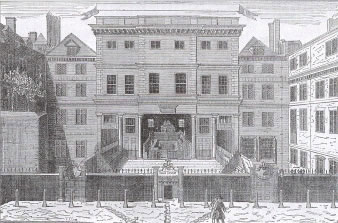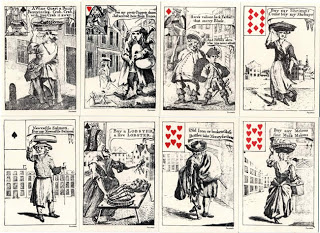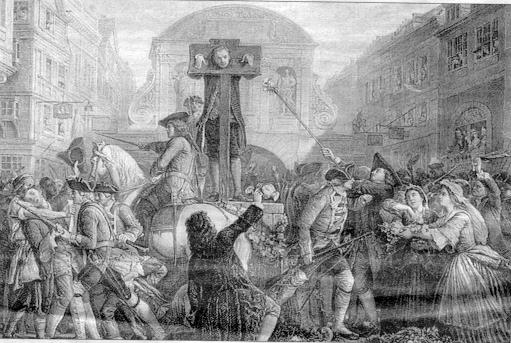Crime, Policing, and Punishment in Early Modern London
EIU His 5400.001 [60032], Summer 2013, Newton Key
9:00-11:30 M, W, Coleman 2750
Syllabus as pdf (brief version)
9:00-11:30 M, W, Coleman 2750
Syllabus as pdf (brief version)
Available from Textbook Services:
- Bucholz/Ward. Bucholz, Robert O. and Joseph P. Ward. London: A Social and Cultural History, 1550-1750. Cambridge: Cambridge University Press, 2012. [17.916]
- Hitchcock. Hitchcock, Tim. Down and Out in Eighteenth-Century London. London: Continuum, 2007. [17.917]
- McKeon. Michael McKeon, The Secret History of Domesticity: Public, Private, and the Division of Knowledge (The Johns Hopkins University Press, 2006) [17.502]
week 1. Introducing London: Why study the history of cities? Of criminals? Of the poor?
- 10 June. Bucholz/Ward, introduction.
- 12 June. Bucholz/Ward, chs. 1-3; Wrigley, “Simple Model of London’s Importance.”
Hollar, Royal Exchange (1644)
week 2. Mapping London
- 17 June. Bucholz/Ward, chs. 5-7; Archer, “Social Networks in Restoration London.”
- 19 June. Bucholz/Ward, ch. 9; Kyle, “Afterword: Mapping London.” Mapping Project due.
Visscher, London panorama (1616, detail)
week 3. Policing London
- 24 June. Mapping Project paper due. Consult re: paper/final project.
- 26 June. McLynn, “Introduction,” “London,” “Law Enforcement”; Harding, “The Age of Improvisation, 1642-1789.” Beattie, “Introduction: the Crime Problem” (part).
Old Bailey Sessions House (1750)
week 4. Being Poor in London
- 1 July. Hitchcock, intro. & chs. 1-3.
- 3 July. Hitchcock, chs. 4-7; Discussion with Bob Bucholz (chs. 6-7).
Cries of London (18th cent. playing cards)
week 5. Narrating the London Poor
- 8 July. Hitchcock, chs. 8-10. Mapping Case History due.
- 10 July (10-noon). McKeon, “The Narration of Public Crisis” (ch. 10); Shore, “Undiscovered Country.” (Discussion with Tim Hitchcock, date tentative) Initial Historiography/Mapping Case History paper due (Friday)
The Fortunate Transport (1741)
week 6. Staging Punishments
- no seminar meeting this week
- 19 July (Fri. D2L online discussion room, normal time). Shoemaker, “Shaming Punishments”; King, “Rituals of Punishment.” Historiography due.
Daniel Defoe in the pillory
week 7. The Mob, Riots, and Social Crime
- 22 July. Shoemaker, “Crowds and Riots”; Wales, “Thief-Takers and their Clients.”
- 24 July. Sharpe, “Criminal Orders,” Griffiths, “Meanings of Nightwalking.”
William Hogarth, from Hudibras (1725/6)
week 8. Reporting/Narrating Crime
- 29 July. Reports
- 31 July. Reports
Jonathan Wild and angry Londoners on the way to his execution (1725)
requirements, papers, and exams
office hours





